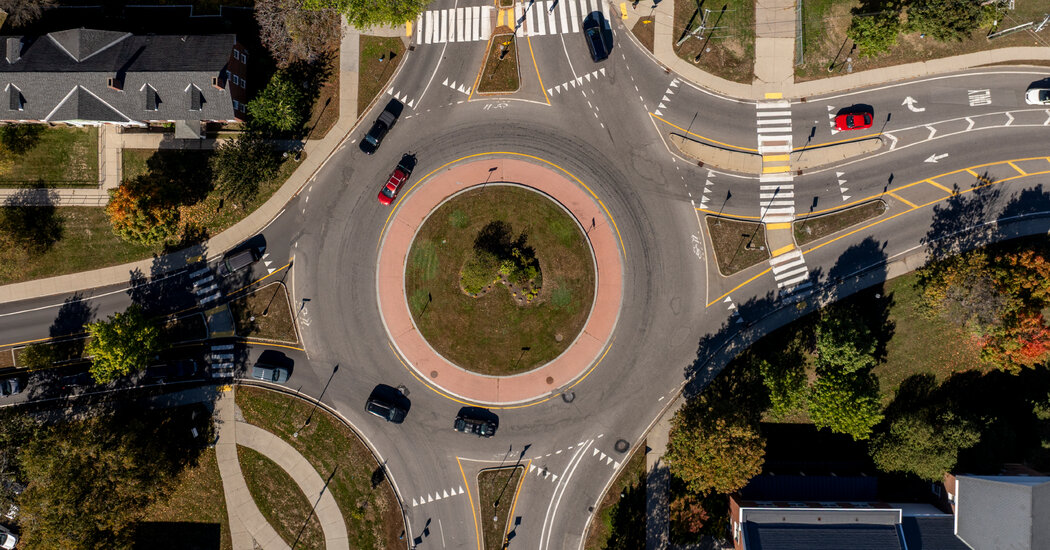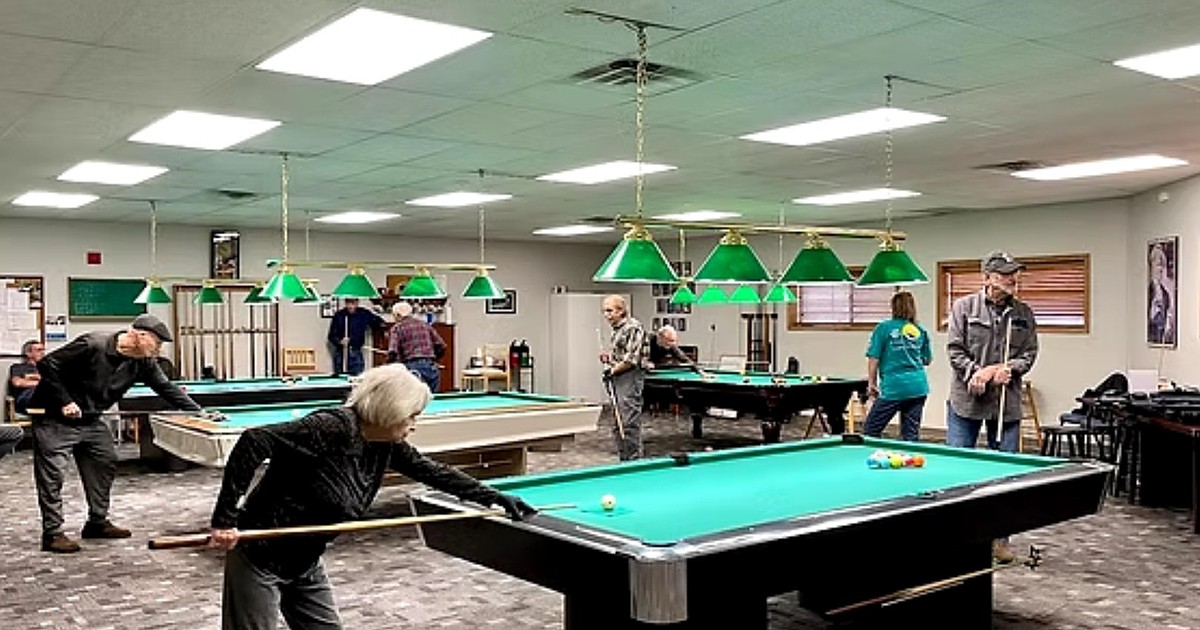Copyright The New York Times

Josh Wooten used to spend his evenings driving in circles. During his two years as a pizza delivery driver in Keene, N.H., he would loop around the town’s recently installed roundabout intersections some 30 to 40 times a night. He didn’t know it at the time, but this meant each delivery likely caused less planet-warming pollution. “All of a sudden I’m like, oh man, I’m getting through these deliveries a lot faster,” Mr. Wooten said. “Slowly moving is better than waiting at a light any day.” In 2023, Keene, a small college town with about 23,000 residents, installed its seventh and newest roundabout. These circular intersections are easily confused with rotaries or traffic circles, but are distinctly free of traffic lights. Instead they require drivers to yield to traffic before entering and are constructed to be slower-moving while minimizing stopping. 50 States, 50 Fixes is a series about local solutions to environmental problems. More to come this year. These features make modern roundabouts significantly safer than other intersections. Because of the position of the cars, they can drastically reduce the chances of potentially deadly crashes, like T-bones or head-on collisions. And because cars can generally keep moving without idling at red lights, they also burn less gasoline. This means each vehicle spends less time pumping out planet-warming pollutants, like carbon dioxide. Installing roundabouts also improved Keene’s air quality, which used to rank among the worst in New England. In a study published in 2018, a former Keene city planner found soot and other small airborne particulates, which can be harmful to human health, had fallen by up to 40 percent. “I am an unabashed roundabout evangelist,” said Donald Lussier, the public works director of Keene who oversaw the installation of the two most recent roundabouts. By 2031, he said, the city has plans to install four more. In 2000, Keene became one of the first U.S. cities to begin making a climate action plan, which outlined the city’s sustainability goals and plans for mitigating damage from climate-related disasters. At the time, the state’s department of transportation was in the midst of trying to fix the heavy flow of highway traffic in the city. It had proposed a large high-speed elevated bypass where two highways and one of the city’s main roads met. “We started to say, ‘Hey, wait a minute. Can we look at some roundabout options? There’s a lot of benefits here,’” Mr. Blomquist said. That year, the city commissioned a study that found five local intersections would be “very satisfactory” locations for roundabouts. But because roundabouts were relatively new in the U.S., there were no federal guidelines on how to design them and the state’s engineers wouldn’t consider it, Mr. Blomquist said. “They said no and then that started a huge public discussion,” he said. “We had to do a lot of work to convince them.” Mr. Lussier said most of the residents seem to love the roundabouts. “But there’s a very small minority that hate them with a red-hot, fiery passion,” he said, largely because they are uncomfortable navigating them. Sandra Clark, a resident of nearby Hinsdale, N.H. and director of facilities for Keene’s public housing, said the roundabouts have immensely improved traffic and made it safer for her residents — many who are older adults or who can’t afford to drive — to walk to local shopping centers. Studies have found roundabouts reduce all vehicle accidents by 40 percent and those with injuries by 75 percent. And because Keene’s roundabouts place the crosswalks behind cars as they inch up to enter the circle, drivers don’t have to watch for both pedestrians and traffic at the same time.



